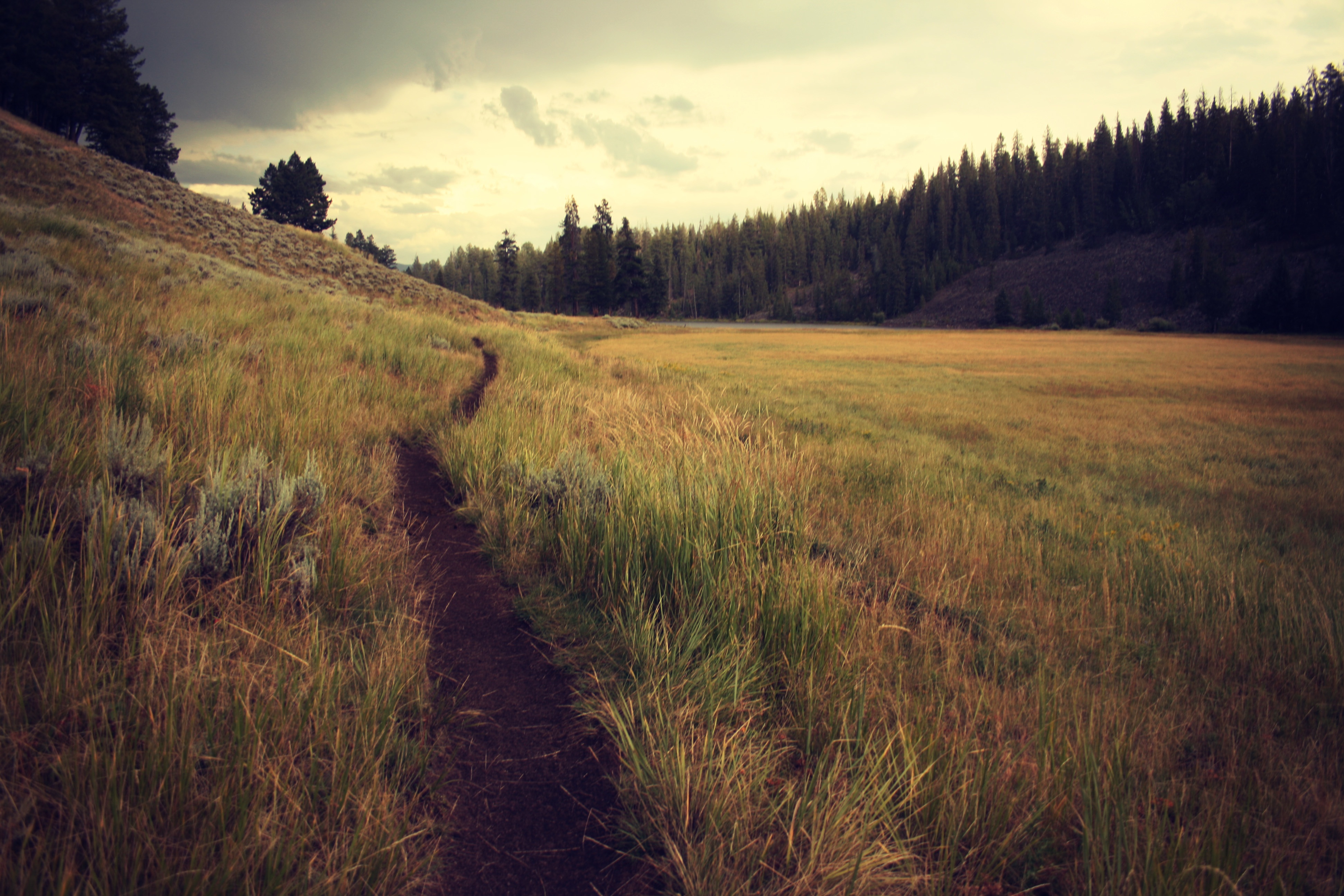
Trail running is becoming increasingly popular as both a sport in its own right and a way to cross-train. It’s even beneficial for giving your joints, especially your knees, a break from pounding the pavement.
For many avid runners, there’s nothing like slipping on a pair of shoes and hitting the road. Really, you’d be hard-pressed to find a runner that actually likes to run on the treadmill. Ask any of them what they prefer – inside or outside running – and almost every one of them will say outside. However, the pavement is not the friendliest of materials to run on, and a treadmill is too boring to do 100% of training on it. So, what does that leave? Trail running.
Trail running is becoming increasingly popular as both a sport in its own right, with actual races dedicated to easy and challenging trails, as well as a way to cross-train. You can use trail running to take a break from the constant pavement-pounding or to add a challenge to your routine training. Among other benefits, trailing is definitely not boring and can even reinvigorate an otherwise mundane training routine – for avid runners, weekend warriors, and even athletes of other sports.
Become Stronger With Trail Running
Never underestimate the power of dirt, debris, and a good trail. Like running in sand, the instability of the ground on a trail offers opportunities to strengthen your body in ways it can’t be strengthened anyway else. And, if you think you don’t need this type of strengthening, think again.
Trail running offers something that most workouts do not – a combination of balance, quickness and agility, focus, and cardio. As you hit the trails, your body moves in ways it’s not used to moving. Unlike running on a treadmill, pavement, or track, running on the trails means running on unstable and many times unknown ground. You encounter roots and logs in your path that you have to jump over. Rocks you have to climb and sometimes balance on to continue. Puddles and mud challenge your footing. And leaves and gravel get you to engage your core for balance and sure-footedness more than any other exercise. Meanwhile, you’re still running (or at least jogging or trotting along).
You’re pivoting and jumping, balancing and hopping. Each additional movement of trail running works the often-neglected stabilizing muscles that do not get the attention they deserve. Moreover, because of the additional movements, you’re using more energy, which adds to the level of training.
It Reinvigorates Your Training
If you’re a runner, then you’ve probably encountered more than once the feeling of hitting a plateau with your training. You’re bored, discouraged, unmotivated, and your usual route on the road is mundane. Trail running gives you the break you need without you taking a break from training if you don’t need it. Changing routes and even how your body trains can reinvigorate your entire workout routine, which can even help prevent injuries as well as strengthen you in new ways.
Even if you’re not a runner and instead an athlete of another sport, trail running is still a break from the usual training and even the usual cross-training. What’s more is that getting away from the human footprint and heading into nature can refocus you and slow you down. Getting refocused and slowing things down can help you recover without taking a break, keeping your mind and body healthy.
Handpicked Content IT Band Syndrome: Everything You Should Know 4 Ways To Avoid Running Pain Running Tips From Physical Therapists Does Your Running Stride Matter?
Running On Dirt Is A Knee-Saver
Have your knees been hurting lately? Try taking to the trails. Running on the softer ground can give your knees a break from the constant pounding on hard pavement. Yes, jumping over rocks and branches and losing your footing could end in injury if you’re not careful. However, we’re not suggesting you head off to the most difficult trail 100 miles away from civilization. A path that is clear and well-traveled and groomed but still dirt can still offer you the same benefits as hitting the most challenging trail.
You still need to watch your footing, but running on trails will bring you closer to better agility, coordination, and control. These benefits are keys to remaining injury free, especially when it comes to your knees. Furthermore, because running on a road or treadmill is nothing but the same movement, you’re more in danger of repetitive injuries. Trail running, on the other hand, makes you move differently, which keeps repetitive injury risk at bay as well as those nagging pains.
Cross-Train By Hitting The Trails
You don’t always need to hit the gym or the pool for a good cross-training day. In fact, our training can become so routine that even your body gets used to the constant repetitive movements. It really is a recipe for overuse injuries, overtraining and even under-training, as well as nagging pains and boredom. Running on a trail gives you a break from it all and still yet works your body in ways no other workout can do.
Related Content:
Beat Your Running PR Safely
4 Ways To Avoid Trail Running Injuries
The Benefits of Cross-Training
How Physical Therapy Helps Runners


